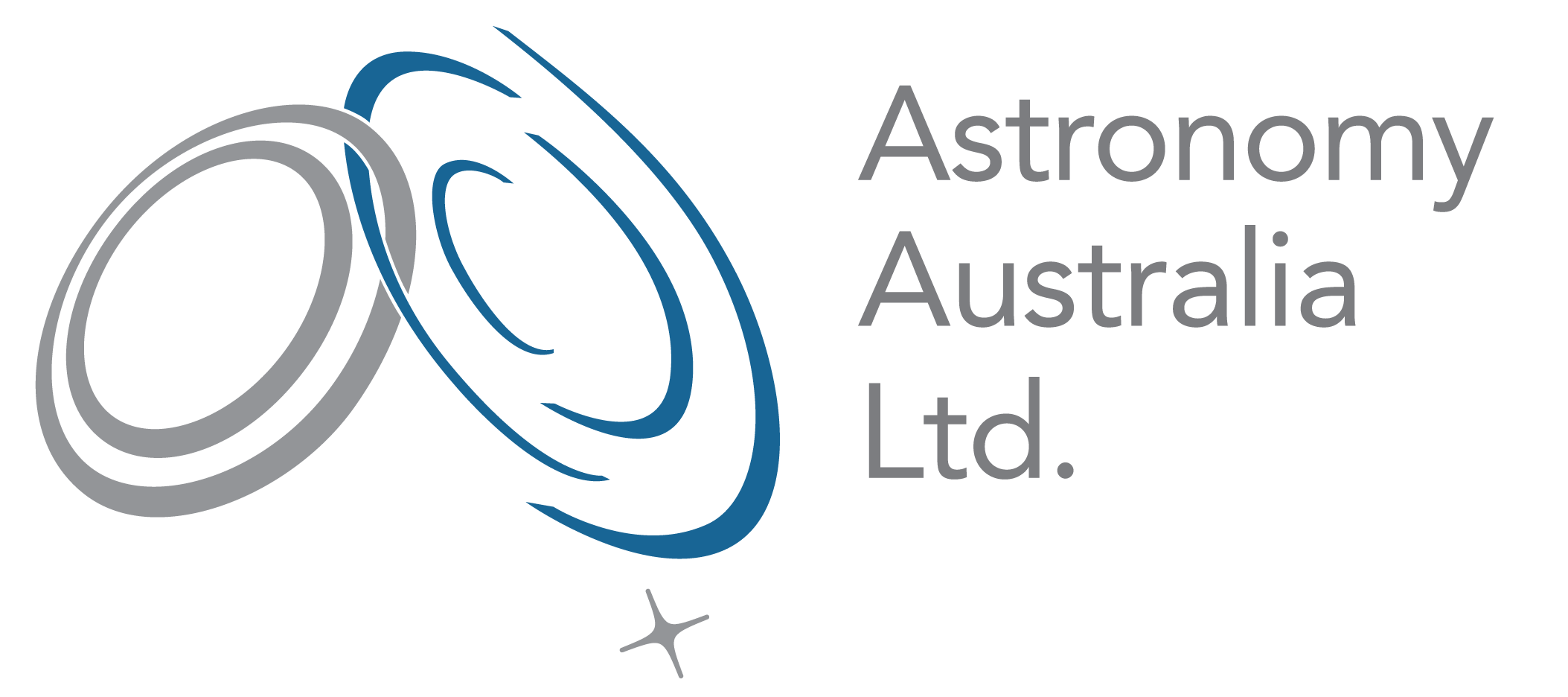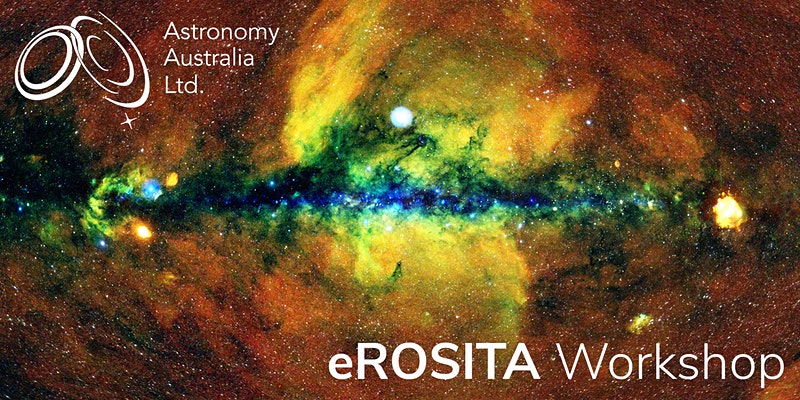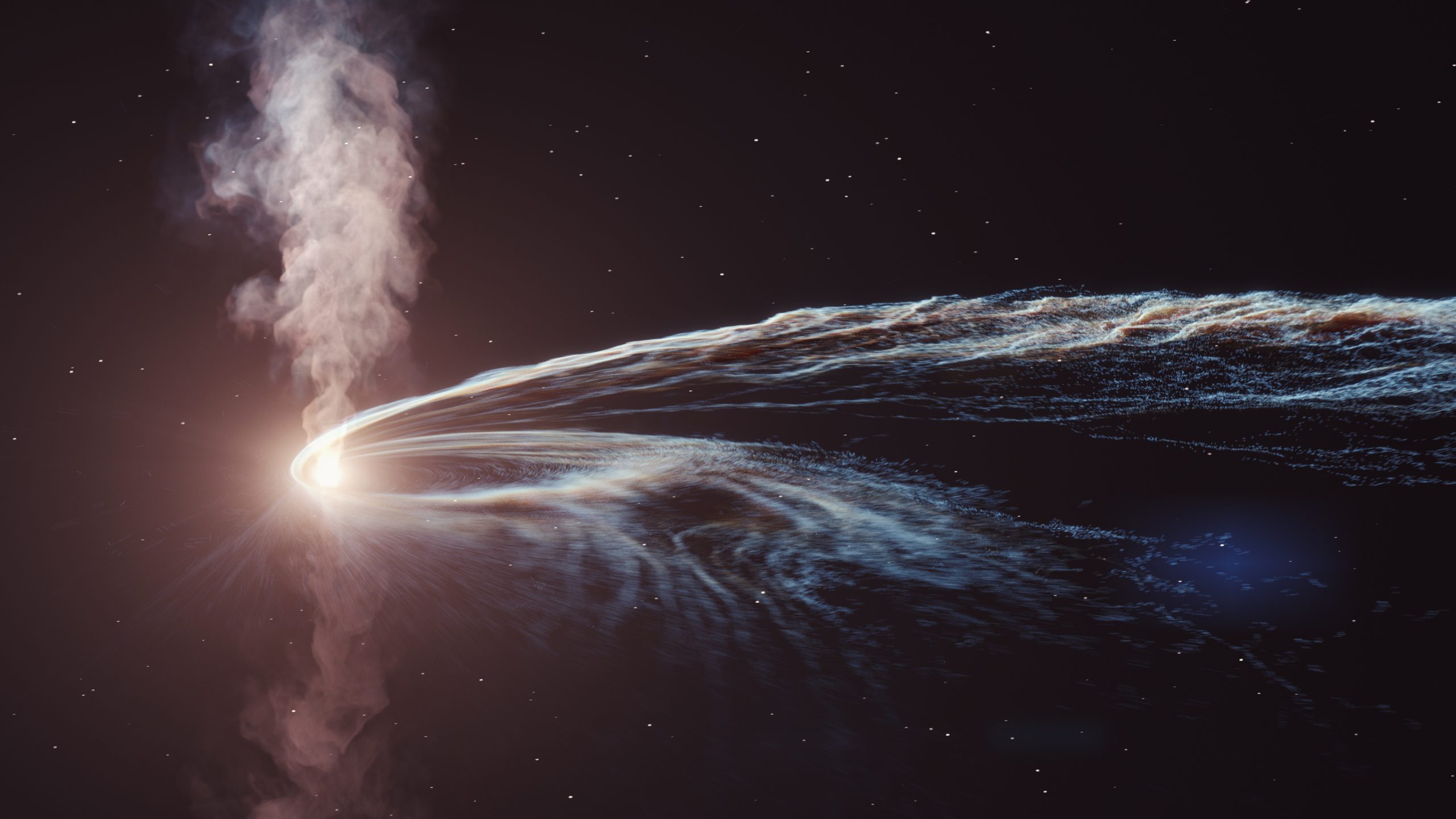2022 Australian/eROSITA_DE Joint Collaboration Workshop
Online , AustraliaThe 2nd Australian/eROSITA_DE Joint Collaboration Workshop will be hosted virtually from 21-23rd February 2022. At the end of 2022, the eROSITA (extended Roentgen Survey with an Imaging Telescope Array) instrument onboard Spectrum-Roentgen-Gamma satellite completed its fourth (out of eight) survey of the full sky at X-ray wavelengths. At the mission completion, eROSITA will have performed […]





